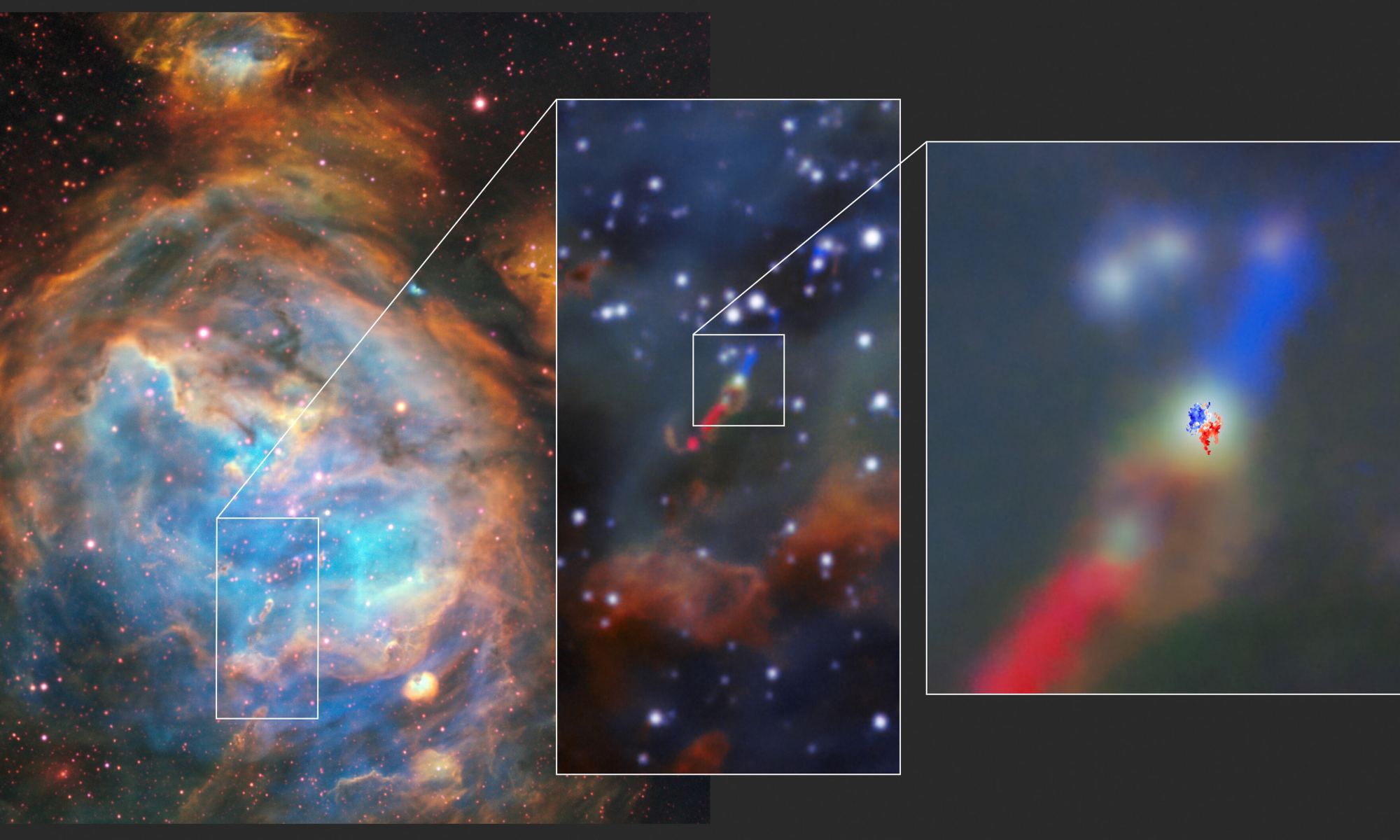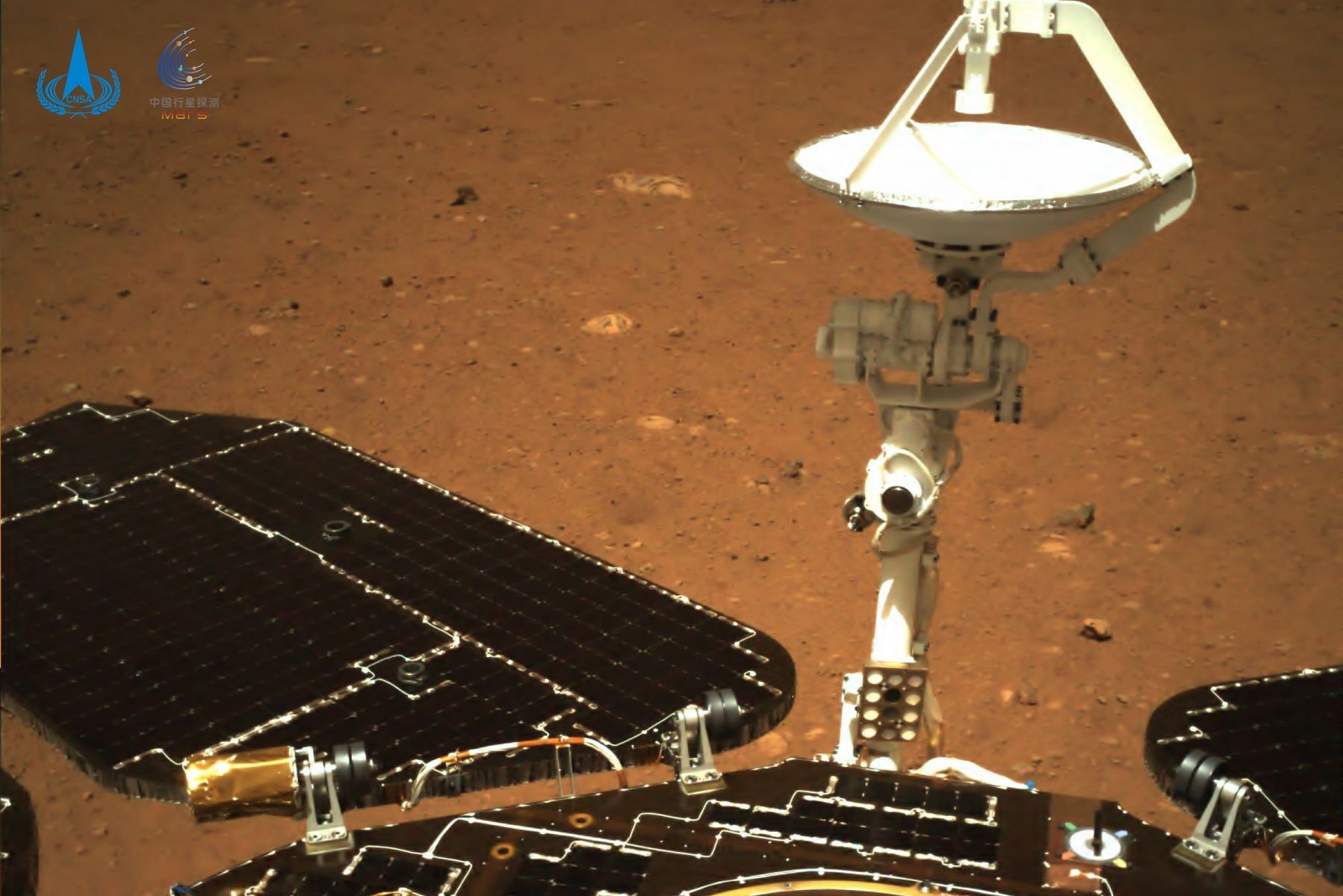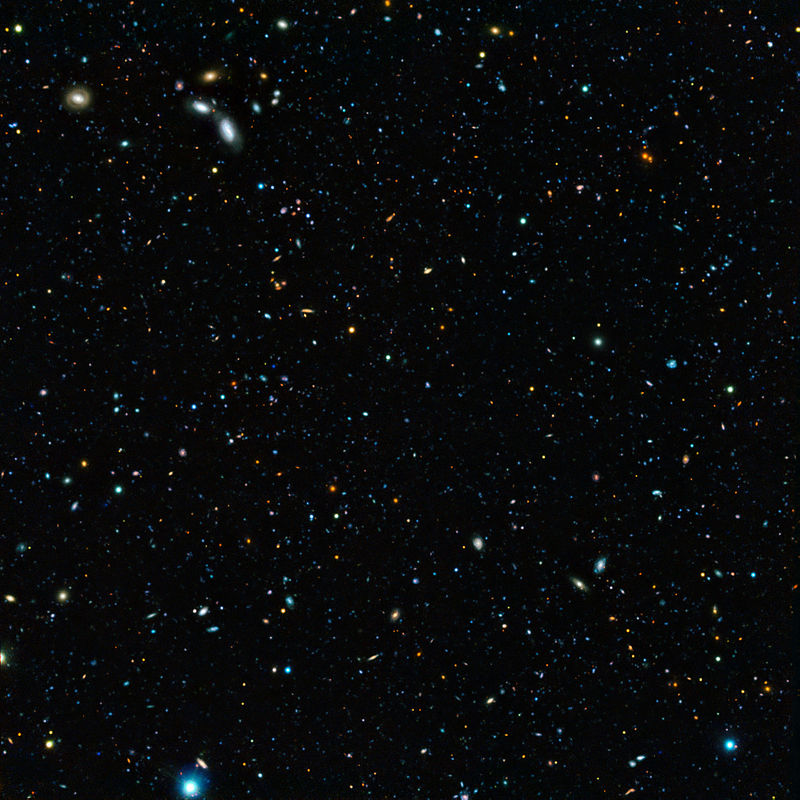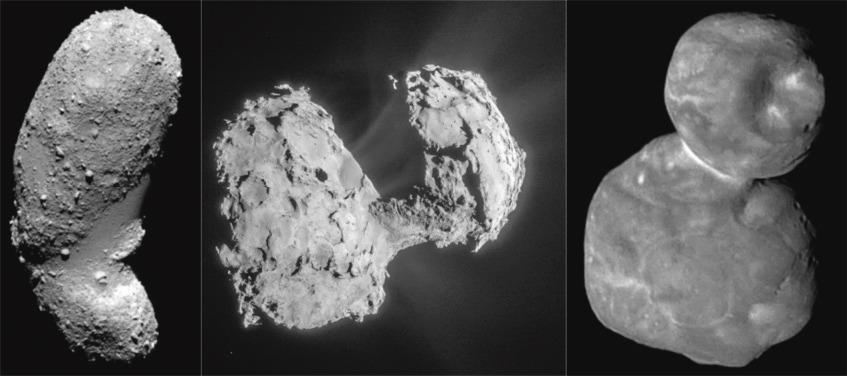You may be familiar with the solar cycle that follows a 22 year process shifting from solar minimum to maximum and back again. It’s a cycle that has been observed for centuries yet predicting its peak has been somewhat challenging. The Sun’s current cycle is approaching maximum activity which brings with it higher numbers of sunspots on its surface, more flares and more coronal mass ejections. A team from India now believe they have discovered a new element of the Sun’s magnetic field allowing them to predict the peak will occur early in 2024.
Continue reading “We Should Hit Peak Solar Activity Next Year”It Doesn’t Take Much to Get Tilted Planets

Chinese and Indian astronomers were the first to measure Earth’s axial tilt accurately, and they did it about 3,000 years ago. Their measurements were remarkably accurate: in 1120 BC, Chinese astronomers pegged the Earth’s axial tilt at 24 degrees. Now we know that all of the planets in the Solar System, with the exception of Mercury, have some tilt.
While astronomers have puzzled over why our Solar System’s planets are tilted, it turns out it’s rather normal.
Continue reading “It Doesn’t Take Much to Get Tilted Planets”A Protoplanetary Disc Has Been Found… in Another Galaxy!

Astronomers have imaged dozens of protoplanetary discs around Milky Way stars, seeing them at all stages of formation. Now, one of these discs has been found for the first time — excitingly — in another galaxy. The discovery was made using the Atacama Large Millimeter/Submillimeter Array (ALMA) in Chile along with the , which detected the telltale signature of a spinning disc around a massive star in the Large Magellanic Cloud, located 160,000 light-years away.
Continue reading “A Protoplanetary Disc Has Been Found… in Another Galaxy!”There are Mysterious Polygons Beneath the Surface of Mars

China’s Zhurong rover was equipped with a ground-penetrating radar system, allowing it to peer beneath Mars’s surface. Researchers have announced new results from the scans of Zhurong’s landing site in Utopia Planitia, saying they identified irregular polygonal wedges located at a depth of about 35 meters all along the robot’s journey. The objects measure from centimeters to tens of meters across. The scientists believe the buried polygons resulted from freeze-thaw cycles on Mars billions of years ago, but they could also be volcanic, from cooling lava flows.
Continue reading “There are Mysterious Polygons Beneath the Surface of Mars”Contact Binary Asteroids are Common, but We’ve Never Seen One Form. So Let’s Make One
Ever want to play a game of cosmic billiards? That’s commonly how the DART mission was described when it successfully changed the orbit of a near-Earth asteroid last year. If you want an idea of how it works, just Google it and an Easter egg from the search giant will give you a general idea. But DART was more like trying to brute force a billiards break – there are many other things you can do with a set of asteroids and impactors on the galactic stage. One of the more interesting is to try to force two asteroids together to form a “contact binary” – the goal of a mission design put forward by a group of scientists from Cornell in a recent paper in Acta Astronautica.
Continue reading “Contact Binary Asteroids are Common, but We’ve Never Seen One Form. So Let’s Make One”China’s Space Station, Seen from Orbit
When the Space Age dawned in 1957, there were only two players: the USA and the USSR. The USA won the space race by being first to the Moon, though the USSR enjoyed its own successes. But here we are only a few decades later, and the USSR appears to be fading away while China is surging ahead.
Nothing’s more emblematic of China’s surge than its Tiangong space station.
Continue reading “China’s Space Station, Seen from Orbit”A Detailed Design for a Space Station at Sun-Earth L2
New ideas in space exploration come from all corners, and, by and large, the community welcomes anybody interested in the field. Having just read A City on Mars, it seems that even people who disagree with the idea that the age of space settlement is imminent will be accepted into the fold by enthusiasts. Now, a new entrant has joined – Daniel Akinwumi is a Nigerian graduate student at the University of Strathclyde who recently published his Master’s thesis detailing the design of the “intergalactic hub,” or I-HUB.
Continue reading “A Detailed Design for a Space Station at Sun-Earth L2”The Solar Radius Might Be Slightly Smaller Than We Thought
A pioneering method suggests that the size of our Sun and the solar radius may be due revision.
Our host star is full of surprises. Studying our Sun is the most essential facet of modern astronomy: not only does Sol provide us with the only example of a star we can study up close, but the energy it provides fuels life on Earth, and the space weather it produces impacts our modern technological civilization.
Now, a new study, titled The Acoustic Size of the Sun suggests that a key parameter in modern astronomy and heliophysics—the diameter of the Sun—may need a slight tweak.
Continue reading “The Solar Radius Might Be Slightly Smaller Than We Thought”Titan Dragonfly is Go!…. for Phase C

The surface exploration of Saturn’s largest moon, Titan, just got one step closer to reality as NASA’s much-anticipated Dragonfly mission recently received approval from the powers that be to advance to Phase C, which is designated as Final Design and Fabrication, according to NASA’s Systems Engineering Handbook. This comes after the Dragonfly team successfully completed all the requirements for Phase B in March 2023, also known as the Preliminary Design Review or Preliminary Design and Technology Completion in the NASA Systems Engineering Handbook.
Continue reading “Titan Dragonfly is Go!…. for Phase C”Telescopes Didn’t Always Play Nicely with Each Other. That’s About to Change

Those readers who have dabbled with astronomical imaging will be familiar with the technique of taking multiple images and then stacking them together to improve the strength of the signal, yielding better images. Taking this technique further many research projects require date of the same object spanning longer time frames than a nights observing. This data is usually captured from different locations and under different conditions. The problem has been matching the observations across all these survey runs. Researchers have shared a new approach to calculate if separate images of the same object will yield additional signals or just generate useless noise.
Continue reading “Telescopes Didn’t Always Play Nicely with Each Other. That’s About to Change”



